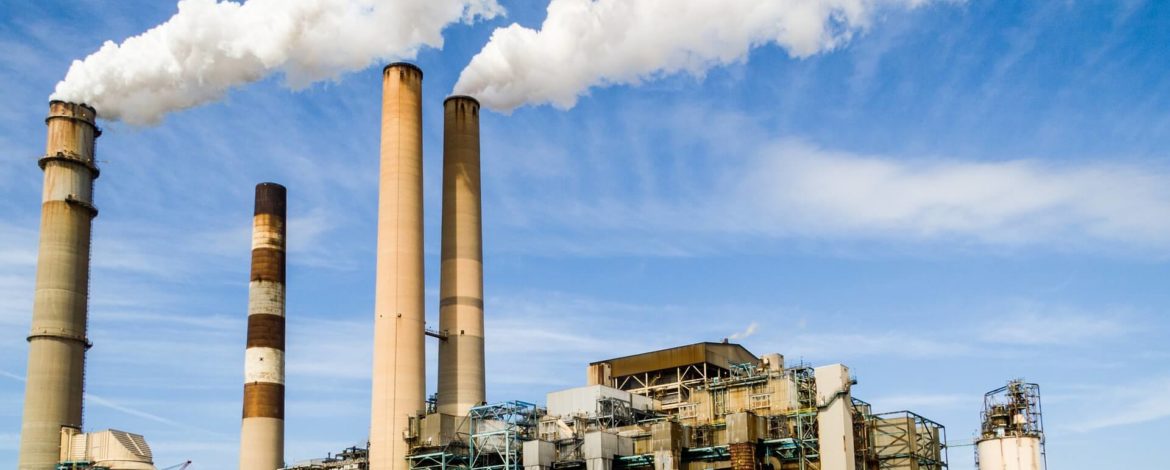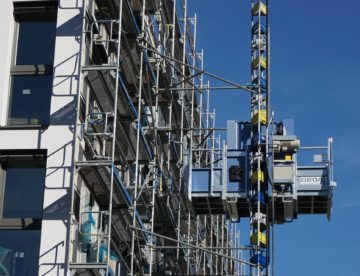A nuclear power plant or nuclear power station is a thermal power station in which the heat source is a nuclear reactor. As is typical in all conventional thermal power stations the heat is used to generate steam which drives a steam turbine connected to an electric generator which produces electricity. As of 23 April 2014, the IAEA report there are 435 nuclear power reactors in operation, operating in 31 countries. Nuclear power stations are usually considered to be base load stations, since fuel is a small part of the cost of production.Their operations and maintenance (O&M) and fuel costs are, along with hydropower stations, at the low end of the spectrum and make them suitable as base-load power suppliers. The cost of spent fuel management, however, is somewhat uncertain.
Electricity was generated by a nuclear reactor for the first time ever on September 3, 1948 at the X-10 Graphite Reactor in Oak Ridge, Tennessee in the United States, and was the first nuclear power station to power a light bulb. The second, larger experiment occurred on December 20, 1951 at the EBR-I experimental station near Arco, Idaho in the United States. On June 27, 1954, the world’s first nuclear power station to generate electricity for a power grid started operations at the Soviet city of Obninsk. The world’s first full scale power station, Calder Hall in England opened on October 17, 1956. The world’s first full scale power station, solely devoted to electricity production (Calder Hall was also meant to produce plutonium), Shippingport power plant in the United States connected to the grid on December 18, 1957.
The conversion to electrical energy takes place indirectly, as in conventional thermal power stations. The fission in a nuclear reactor heats the reactor coolant. The coolant may be water or gas or even liquid metal depending on the type of reactor. The reactor coolant then goes to a steam generator and heats water to produce steam. The pressurized steam is then usually fed to a multi-stage steam turbine. After the steam turbine has expanded and partially condensed the steam, the remaining vapor is condensed in a condenser. The condenser is a heat exchanger which is connected to a secondary side such as a river or a cooling tower. The water is then pumped back into the steam generator and the cycle begins again. The water-steam cycle corresponds to the Rankine cycle.




